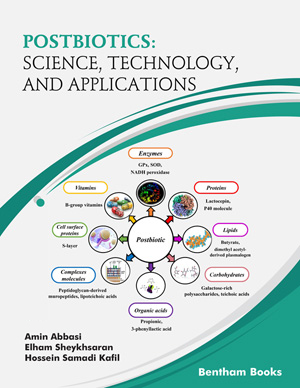Abstract
Although many sulfur-containing garlic compounds exhibit antioxidant
activity, little is known about the molecular mechanisms through which these
compounds react with reactive oxygen species. For this reason, in this chapter, we
present a summary of various papers in which, the scavenging of hydrogen peroxide
and hydroxyl radical by garlic compounds allyl methyl disulfide, allyl methyl sulfide,
and diallyl sulfide is analyzed from a theoretical-quantum outlook.
Different computational methods and methodologies were analyzed. The DFT
functional B3LYP, CAM-B3LYP, BKM, M05-2X, and M06-2X and even other
methods such as Gaussian-n (G3MP2B3) were also evaluated. A broad series of basis
sets were used from the simple 6-31G(d) to the extended triple-zeta 6-311++G(3df,2p).
The thermodynamic and kinetic aspects of different proposed reactions were explored.
Epoxidation, sulfonation, and hydrogenation were some of the processes raised as
possible reaction pathways. Reaction mechanisms were proposed for each pathway,
and different methods used to obtain the TS structure (TS Berny, QST2, and QST3)
were compared. The kinetic and the rate constants were obtained through the Intrinsic
Reaction Coordinate calculations. Gas and aqueous phases were mostly utilized in our
papers; however, we included and studied the behavior of the systems in non-polar
environments in our last publication.






















